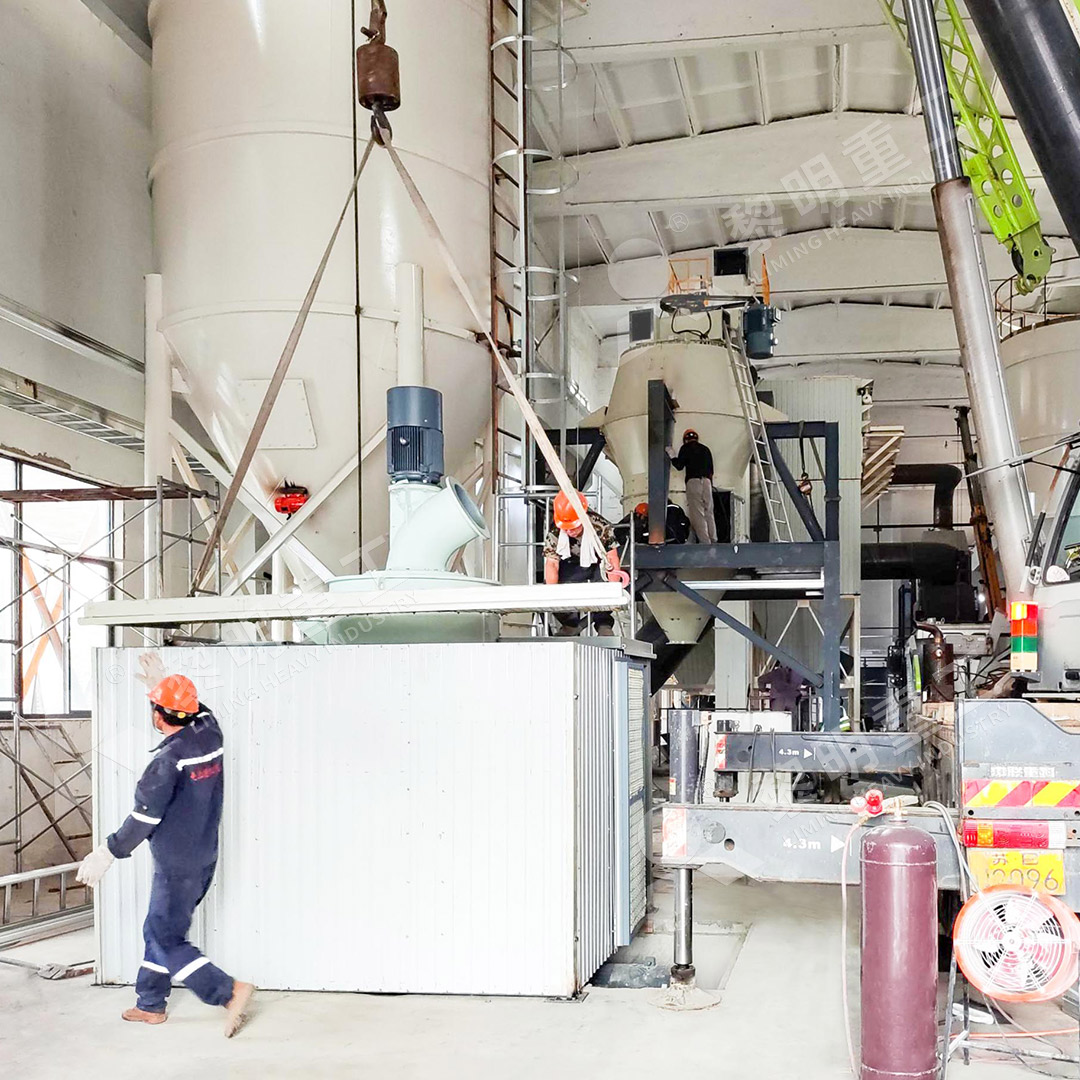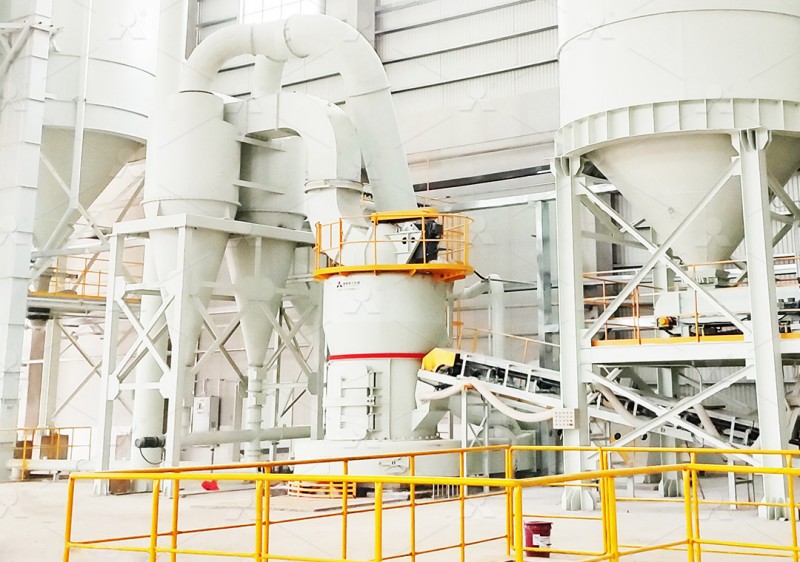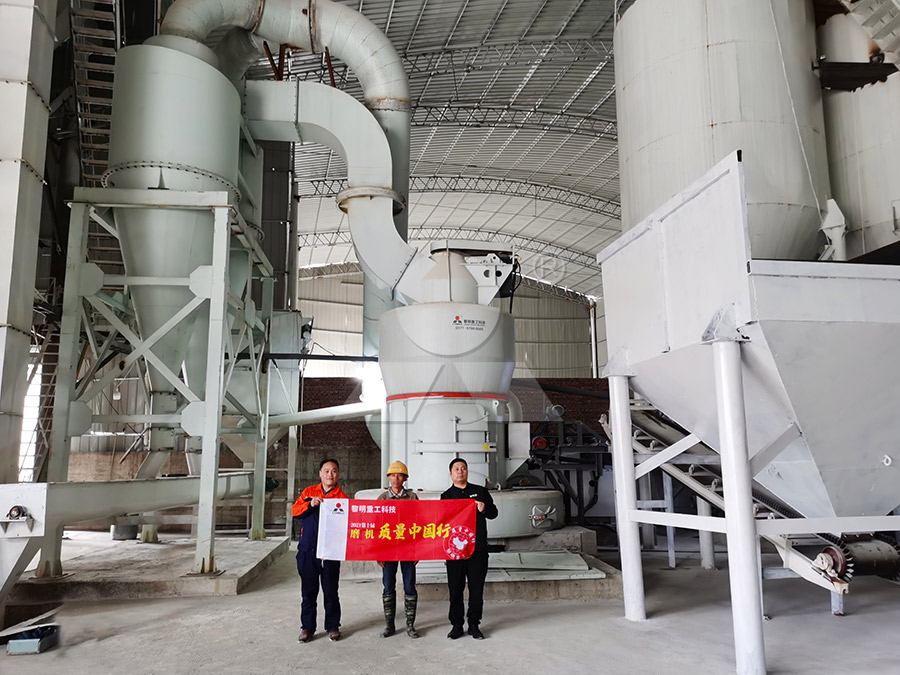Ultrafine Cement Grinding Mill Price – Raymond Mill & Vertical Roller Mill for Sale
Navigating the World of Ultrafine Cement Grinding Solutions
For professionals in the cement, construction, and industrial minerals sectors, selecting the right grinding mill is a critical decision that directly impacts production efficiency, product quality, and operational costs. The market offers various technologies, from traditional Raymond Mills to advanced vertical roller mills, each with distinct advantages for specific applications.

When considering ultrafine cement grinding, two primary factors dominate the decision-making process: the required fineness of the final product and the production capacity needed to meet operational demands. Modern grinding technology has evolved significantly, offering solutions that outperform traditional ball mills in both energy efficiency and output quality.
Key Considerations for Mill Selection
Before investing in any grinding equipment, professionals should carefully evaluate their specific requirements. The input size of raw materials, desired output capacity, target fineness, and available floor space all play crucial roles in determining the most suitable mill type. Additionally, factors like energy consumption, maintenance requirements, and environmental compliance cannot be overlooked in today’s competitive landscape.
For operations requiring fineness between 325-2500 meshes with capacities ranging from 0.5 to 25 tph, the MW Ultrafine Grinding Mill presents an exceptional solution. This advanced mill incorporates German cage-type powder selector technology, enabling precise control over particle size distribution while achieving screening rates of d97≤5μm in a single pass. The absence of rolling bearings and screws in the grinding chamber eliminates common failure points, significantly enhancing operational reliability.

Advanced Technology for Modern Production Needs
The evolution of grinding technology has brought forth innovations that address longstanding industry challenges. Modern mills now integrate intelligent control systems, advanced material handling, and comprehensive environmental protections that were unavailable just a decade ago.
For operations seeking vertical grinding solutions with capacities between 5-18 tph, the LUM Ultrafine Vertical Grinding Mill combines the latest Taiwanese grinding roller technology with German powder separating expertise. Its unique roller shell and lining plate grinding curve promotes stable material layer formation, enabling high-yield production with superior product whiteness and cleanliness. The double position-limiting technology provides exceptional operational stability, preventing destructive impacts during unexpected vibration events.
Economic and Operational Advantages
Beyond the technical specifications, the economic case for modern grinding equipment continues to strengthen. Energy consumption represents one of the most significant operational expenses in grinding operations, and next-generation mills deliver substantial improvements in this area.
The MW Ultrafine Grinding Mill demonstrates remarkable efficiency, consuming approximately 30% of the energy required by jet grinding mills while achieving 40% higher production capacity. This efficiency translates directly to lower operating costs and reduced environmental impact, supported by integrated pulse dust collectors and noise reduction systems that ensure compliance with stringent environmental standards.

Making the Right Investment Decision
Selecting grinding equipment represents a long-term investment that will influence operational performance for years to come. Beyond the initial purchase price, considerations should include total cost of ownership, maintenance requirements, spare parts availability, and the manufacturer’s technical support capabilities.
Leading manufacturers understand these concerns and design their equipment accordingly. Features like external lubrication systems that enable maintenance without shutdown, digitalized processing for higher precision components, and comprehensive spare parts support ensure continuous operation and minimize unexpected downtime.
Frequently Asked Questions
What is the typical price range for an ultrafine cement grinding mill?
Pricing varies significantly based on capacity, configuration, and technological features. Entry-level Raymond Mills might start around $50,000, while high-capacity vertical roller mills with advanced automation can exceed $500,000. Specific quotations require detailed application analysis.
How does the MW Ultrafine Grinding Mill achieve higher energy efficiency?
The MW mill incorporates newly designed grinding curves that enhance material processing efficiency. Its innovative design consumes only 30% of the energy required by jet grinding mills while delivering 40% higher production capacity compared to similar fine grinding technologies.
What maintenance advantages do modern grinding mills offer?
Contemporary designs like the MW Ultrafine Grinding Mill eliminate rolling bearings and screws from the grinding chamber, removing common failure points. External lubrication systems enable maintenance without production stoppages, while reversible structures in vertical mills simplify roller maintenance and replacement.
Can these mills handle materials beyond cement applications?
Absolutely. These grinding systems process various materials including limestone, calcite, dolomite, gypsum, barite, marble, talc, and coal powder. They also serve chemical, paint, cosmetic, pharmaceutical, and food additive industries where ultra-fine powders are required.
